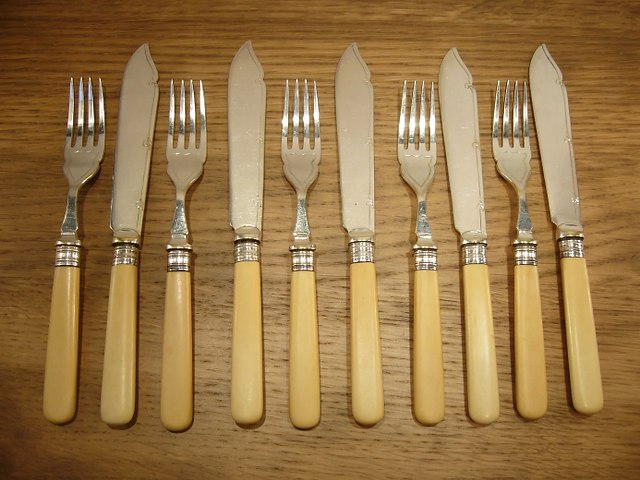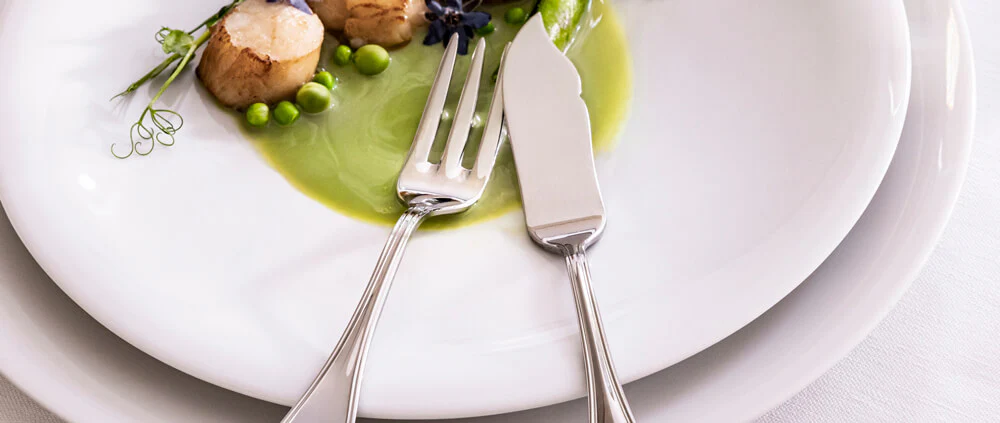The Ultimate Guide to Fish Knives and Forks: Enhance Your Dining Experience
When it comes to fine dining, the right utensils can elevate your meal to a whole new level. Fish knives and forks, specifically designed for eating fish, are essential tools for any sophisticated table setting. In this comprehensive guide, we'll delve into everything you need to know about fish knives and forks, from their history and design to tips on choosing the perfect set.
History of Fish Knives and Forks
Fish knives and forks have a rich history that dates back to the 19th century. During this time, the rise of the middle class and their increasing interest in dining etiquette led to the development of specialized utensils. Fish knives were created with unique designs to handle the delicate texture of fish, while fish forks were designed to complement these knives, making fish consumption a more refined experience.

fish knives and forks
Design and Features
Fish Knives
Fish knives are distinct from regular dinner knives. They typically feature:
- Blunt Edge: Unlike sharp steak knives, fish knives have a blunt edge designed to separate fish flesh from the bones without tearing it.
- Curved Blade: The curved shape helps in lifting the fish away from the bone and onto the fork.
- Pointed Tip: This allows for easy removal of small bones and skin.
Fish Forks
Fish forks are designed to work in tandem with fish knives and usually have:
- Wide Tines: These help in picking up delicate pieces of fish without breaking them apart.
- Curved Shape: The slight curve in the tines makes it easier to hold the fish securely.
Materials and Styles
When selecting fish knives and forks, the materials and styles are important considerations:
- Stainless Steel: Durable and easy to maintain, stainless steel is a popular choice for everyday use.
- Silver or Silver-Plated: These are often chosen for formal settings due to their elegant appearance.
- Decorative Handles: Handles made from materials like mother-of-pearl, bone, or wood can add a touch of luxury and personalization.

fish knives and forks
How to Use Fish Knives and Forks
Proper usage of fish knives and forks is crucial for maintaining dining etiquette:
- Hold the Fish Knife in Your Right Hand: Use it to separate the fish flesh from the bones.
- Hold the Fish Fork in Your Left Hand: Use it to steady the fish while you cut.
- Remove Bones and Skin: Use the pointed tip of the knife to remove any small bones and skin.
- Lift and Eat: Use the knife to gently lift the fish onto the fork and then to your mouth.
Choosing the Perfect Set
When shopping for fish knives and forks, consider the following tips:
- Match Your Dining Style: Choose a set that complements your existing tableware.
- Check for Quality: Ensure that the materials used are durable and suited for frequent use.
- Consider Ergonomics: Opt for handles that are comfortable to hold, especially if you'll be using them for extended meals.
Caring for Your Fish Knives and Forks
Proper care can extend the lifespan of your fish knives and forks:
- Hand Wash Recommended: Although some sets are dishwasher safe, hand washing is often recommended to preserve the finish.
- Dry Thoroughly: Prevent water spots and corrosion by drying the utensils immediately after washing.
- Store Properly: Use a cutlery tray or a dedicated storage box to keep your fish knives and forks in pristine condition.
Conclusion
Investing in a quality set of fish knives and forks can significantly enhance your dining experience, especially when enjoying delicate fish dishes. By understanding their history, design, and proper usage, you can make an informed choice that adds both functionality and elegance to your table. Whether for everyday meals or special occasions, fish knives and forks are a valuable addition to any cutlery collection.